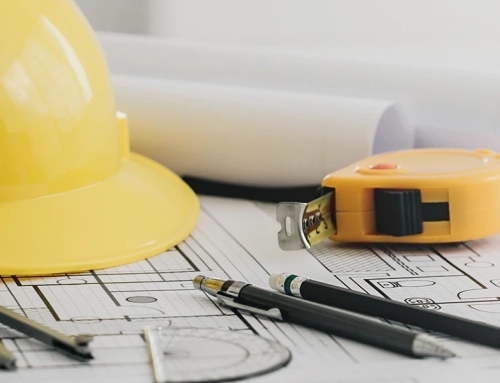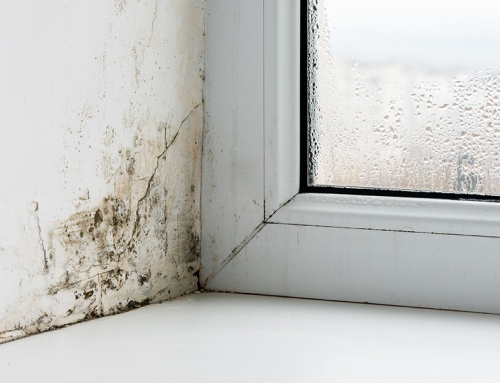Insurance reinstatement valuations on period and listed homes are vital.
Most historic and listed buildings are unique national treasures yet home owners and insurers are often unaware of the complexities
involved in insuring them properly. There are around half a million listed buildings in England alone and owners have a serious
responsibility to preserve and protect these properties for future generations. In fact, the consequences of knowingly under-insuring
a listed building could well result in legal action.
In the unfortunate event of a major catastrophe with a listed building, English Heritage advises that full reinstatement will be
required if more than 40% of the historic fabric has survived. However, one should bear in mind that although nearly all of a
building may be destroyed, the remaining part could still be the most important section of the building and the entire reason for its
listing.
Older properties are often within a Conservation area. Some have little land curtilage, are terraced or attached (an important factor
when considering reconstruction) whilst others have outbuildings, barns and recreational features which require inclusion. Period
structures may also be specialist structures such as a folly, a mill or a barn conversion.
English Heritage advises owners ‘to insure, as a minimum, to cover reinstatement liabilities under legislation and government
policies dealing with scheduled monuments, listed buildings or buildings in conservation areas.’ In other words, you should provide
for reinstatement from a worst-case scenario and will need to determine how much it would cost to rebuild the entire property using
like materials and methods of construction.
Because of the inherent complexity of period fabric, architectural detailing, craftsmanship and materials, a valuation assessment on
an historic building is complicated. Some old skills are difficult to find today, having vanished largely into the mists of time and
therefore expensive to emulate. The materials themselves are also costly as they include handmade bricks or tiles, cob, clunch,
thatch, flintwork, heavy oak timbers, elm or ash bolts, let alone any ornate period features that are present.
Our reinstatement envisages there will be nothing left of the holding. All components which can be termed permanent are included.
So, in simple terms, our assessment is calculated on a like-for-like basis analysing materials, construction methods and quality of
workmanship – all of which has to be itemised and tends to be expensive to replicate. The open market value of a home rarely bears
any relationship to the reinstatement cost of a period or listed buildings and in some cases, the latter can prove to be higher.
Our professional, detailed assessments are undertaken by experienced RICS surveyors with vast experience of traditional materials and
construction methods. We also assess properties in conjunction with the BCIS (building cost information service) re-build cost
assessment programme. If owners and insurance companies make the effort to document a historic or listed building, and determine an
accurate rebuilding cost, the resolution of any future claim and the rebuilding process will be made far easier for both parties.








